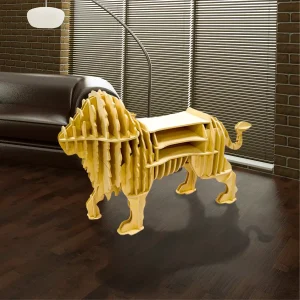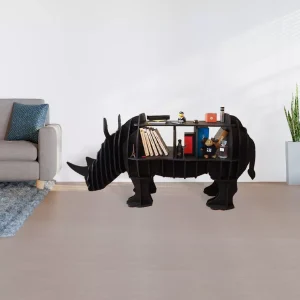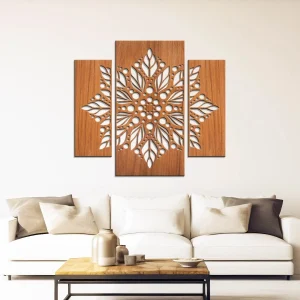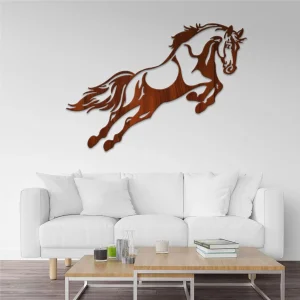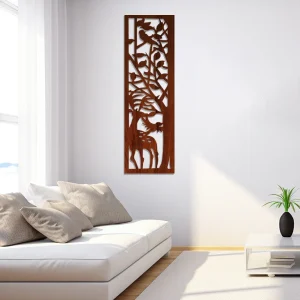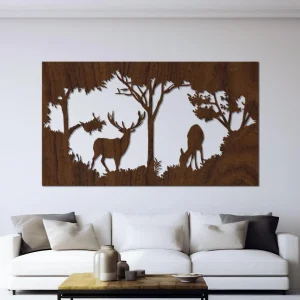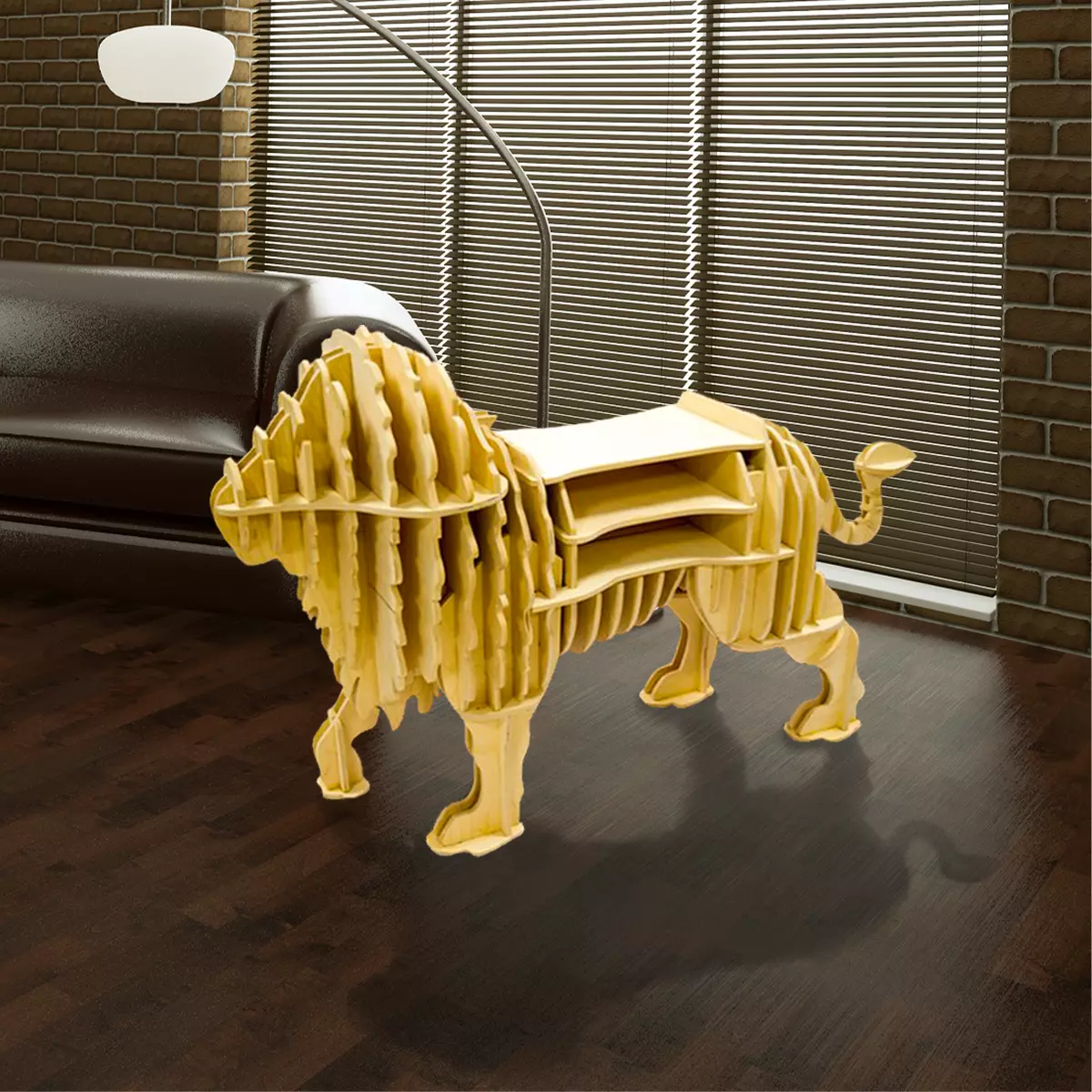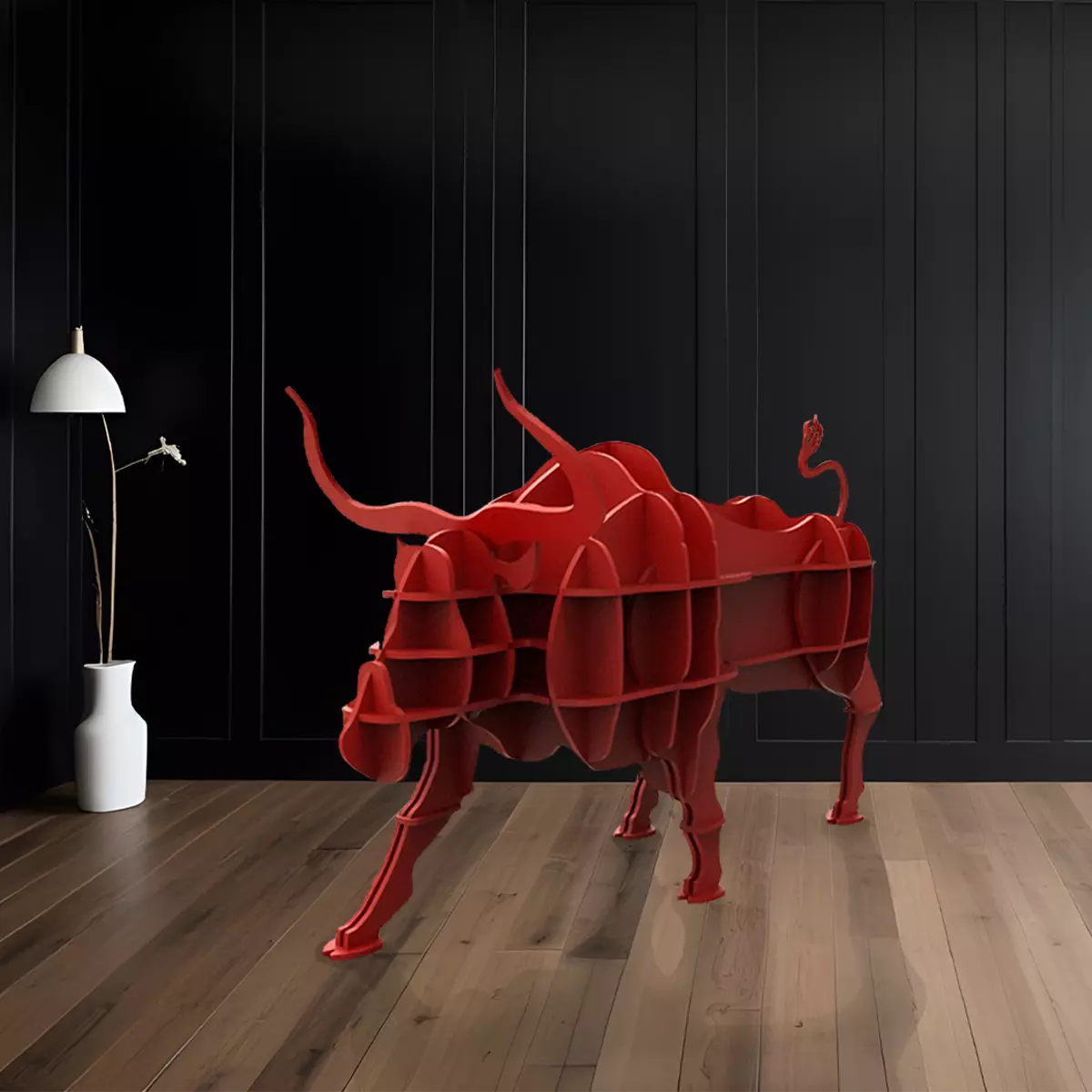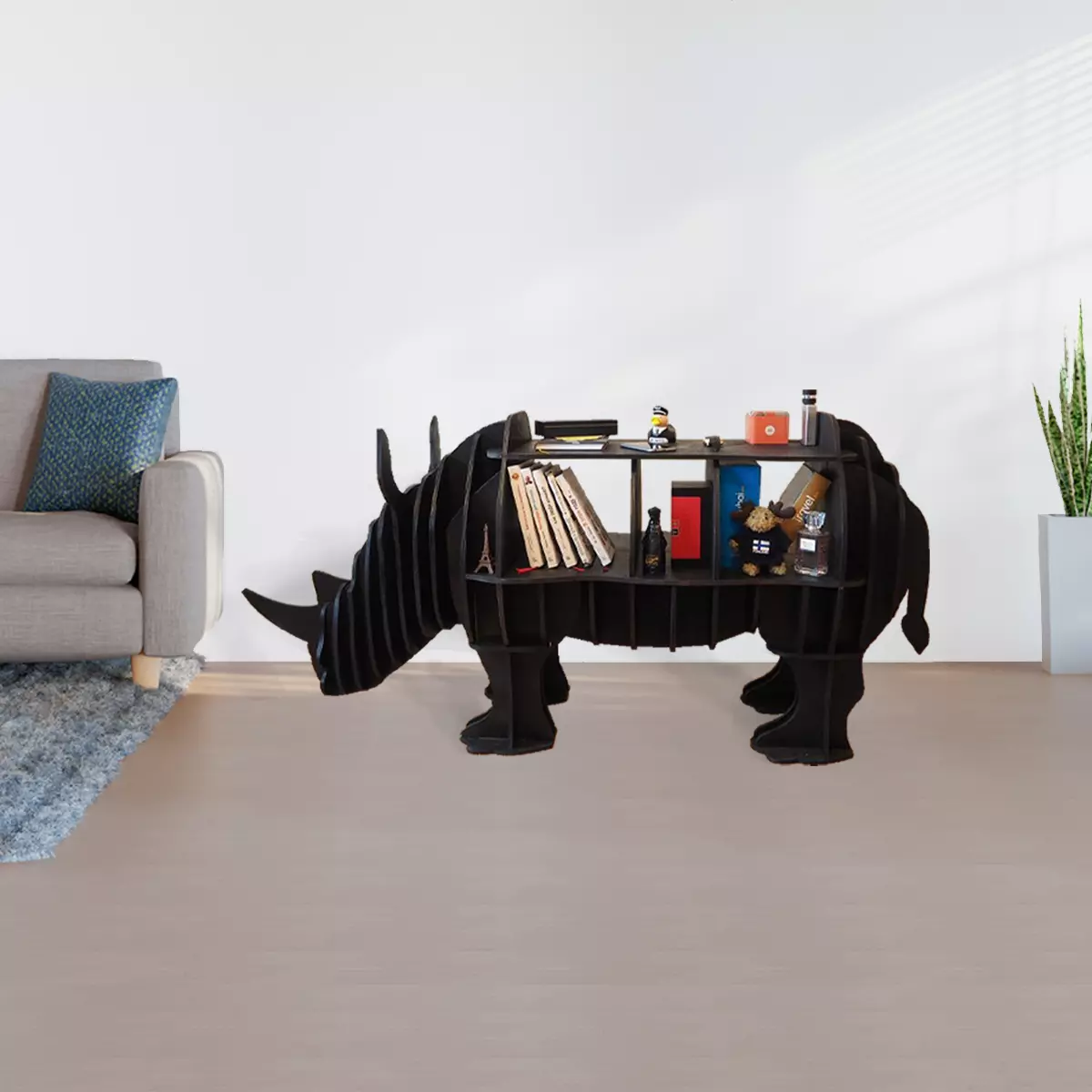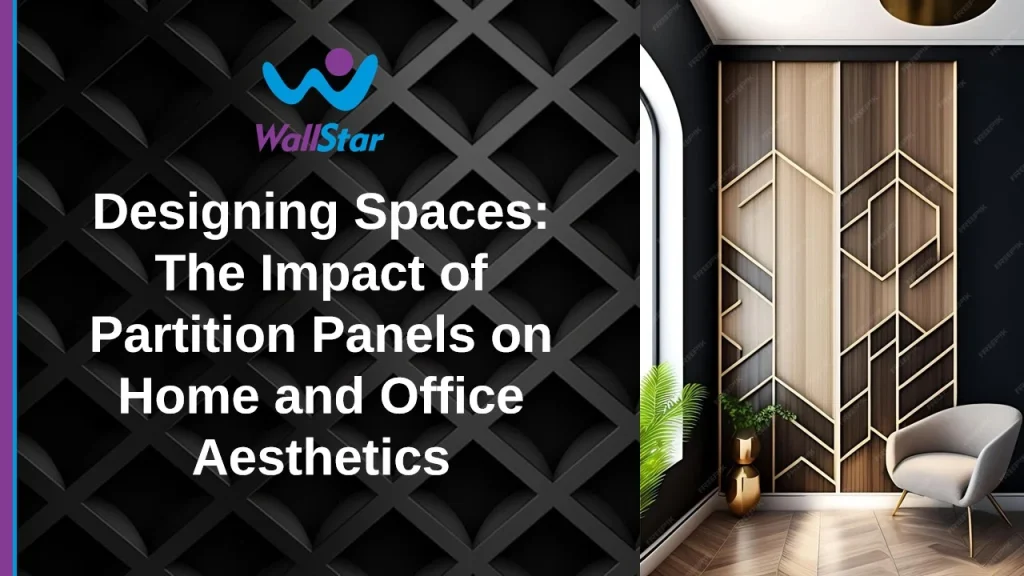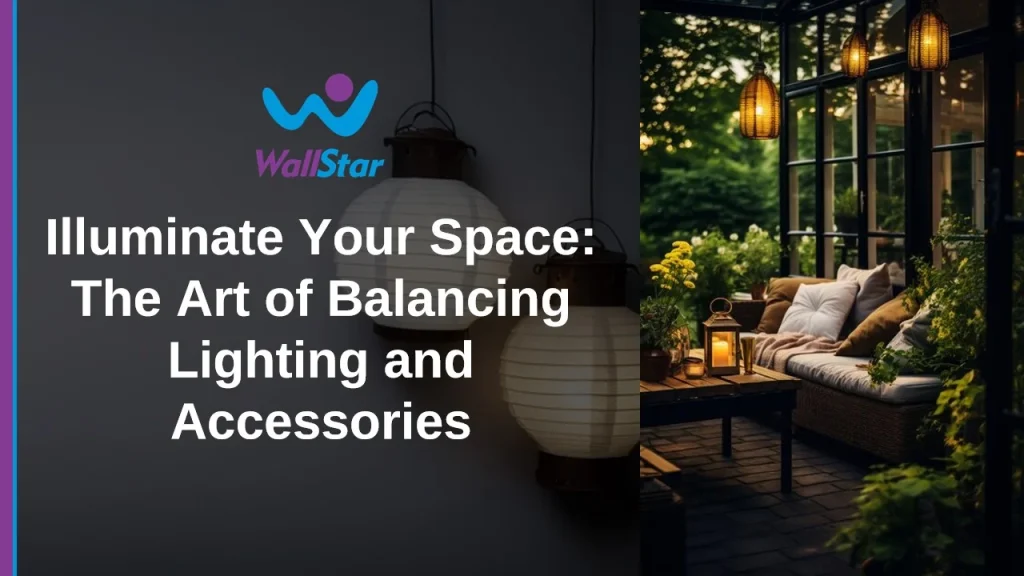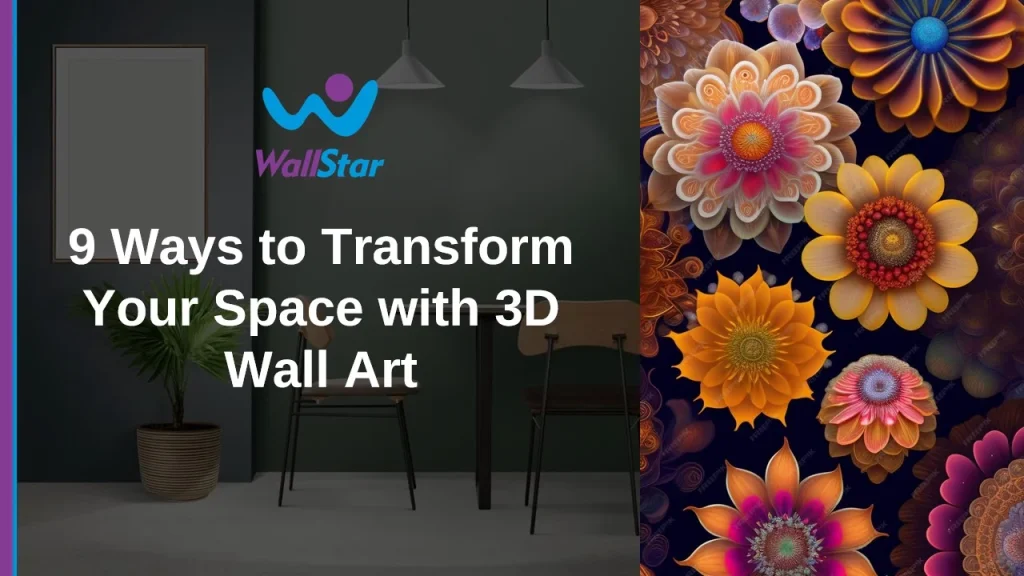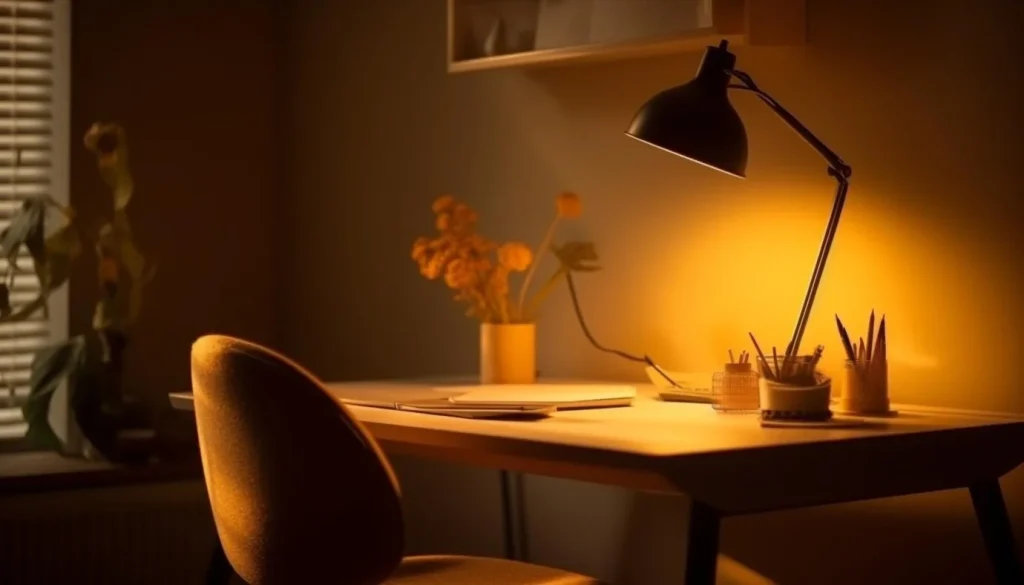
- +94 77 737 9521

3D Wall Art
Wall Art
Furniture
Partition Panel
Projects
Lighting
Accessories
we are brand new
Welcome to Wall Star Pvt Ltd, your premier destination for exquisite craft products that redefine aesthetics and elevate spaces. With over two decades of expertise in the realm of artistry, we stand as a distinguished subsidiary of ELINE Advertising Pvt Ltd, a renowned name in outdoor and advertising solutions.
Our Legacy and Evolution
Established over 20 years ago, Wall Star Pvt Ltd has been an integral part of ELINE Advertising Pvt Ltd’s journey, renowned for its innovative outdoor solutions. Our evolution into the realm of craft products, specializing in 3D Art, Wall Arts, Furniture, Partition Panels, Projects, Lighting, and Accessories, signifies our commitment to expanding horizons and enhancing our esteemed clients’ experiences.

Recent Posts
Illuminate Your Space: The Art of Balancing Lighting and Accessories
9 Ways to Transform Your Space with 3D Wall Art
3D Wall Art
Wall Art
Furniture
Partition Panel
Projects
Lighting
Accessories
we are brand new
Welcome to Wall Star Pvt Ltd, your premier destination for exquisite craft products that redefine aesthetics and elevate spaces. With over two decades of expertise in the realm of artistry, we stand as a distinguished subsidiary of ELINE Advertising Pvt Ltd, a renowned name in outdoor and advertising solutions.
Our Legacy and Evolution
Established over 20 years ago, Wall Star Pvt Ltd has been an integral part of ELINE Advertising Pvt Ltd’s journey, renowned for its innovative outdoor solutions. Our evolution into the realm of craft products, specializing in 3D Art, Wall Arts, Furniture, Partition Panels, Projects, Lighting, and Accessories, signifies our commitment to expanding horizons and enhancing our esteemed clients’ experiences.


